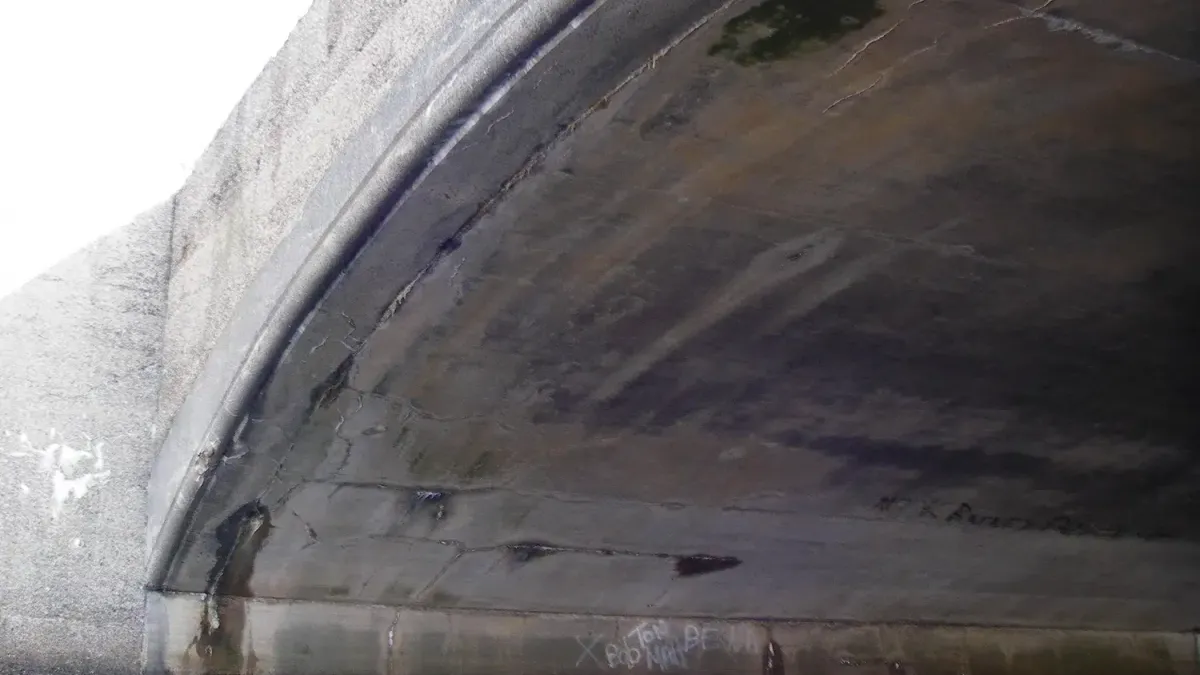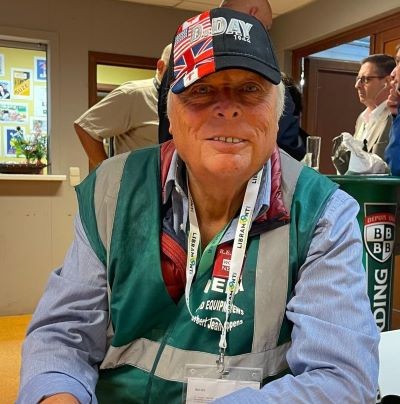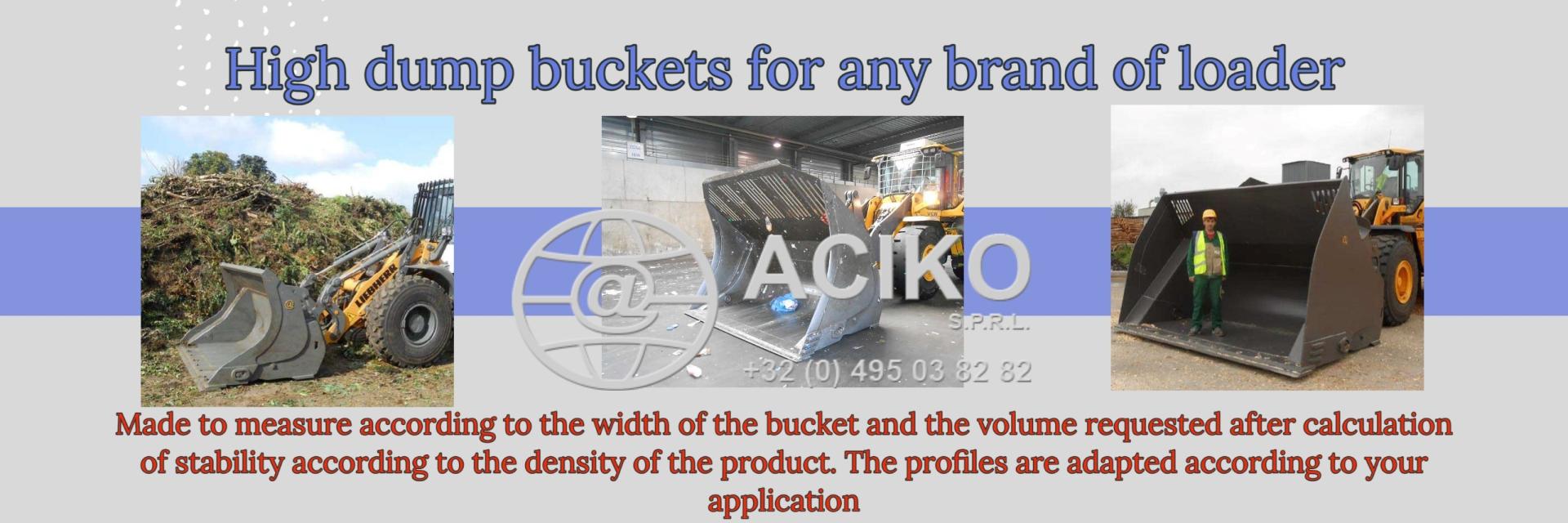R.E.News International-Slow, Steady Progress Repairing America's Bridges, According to Latest Federal Government Data
 12/09/24-FR-English-NL-footer
12/09/24-FR-English-NL-footer
Des progrès lents mais réguliers dans la réparation des ponts américains, selon les dernières données du gouvernement fédéral
 Image-The Auburn Street Bridge spans the Mystic River.
Image-The Auburn Street Bridge spans the Mystic River.
Les dernières données du gouvernement montrent que 221 800 ponts américains ont besoin de réparations, dont 42 067 jugés structurellement déficients. Des progrès ont été réalisés, avec moins de ponts en mauvais état dans des États comme la Pennsylvanie, la Louisiane et la Floride. 400 milliards de dollars sont estimés pour les réparations. Les États ont engagé 15,9 milliards de dollars pour des projets de ponts jusqu'à présent.
Près de 221 800 ponts américains ont besoin de réparations majeures ou d'un remplacement, selon une analyse de l'American Road & Transportation Builders Association (ARTBA) des données du gouvernement fédéral récemment publiées.
Placées bout à bout, ces structures s'étendent sur plus de 6 100 miles, soit l'équivalent de chaque mile d'autoroute urbaine et rurale en Californie, en Floride et dans l'Illinois.
Parmi les ponts nécessitant des réparations, 42 067 sont jugés en mauvais état et classés comme « structurellement déficients ». C'est 324 de moins qu'en 2023.
Les États qui ont connu la plus forte baisse du nombre de ponts en mauvais état sont la Pennsylvanie (-90), la Louisiane (-87), la Floride (-85), la Virginie-Occidentale (-74) et la Californie (-64).
Les ponts en mauvais état représentent 6,8 % du parc de ponts américain en 2024, contre 7,3 % en 2020.
« Au cours des cinq dernières années, nous avons constaté des progrès significatifs dans des États comme l'Oklahoma, la Pennsylvanie, le Mississippi, la Louisiane et la Virginie-Occidentale, réduisant le nombre de ponts en mauvais état », a déclaré Alison Premo Black, économiste en chef de l'ARTBA qui a mené l'analyse. « Bien que les améliorations puissent prendre du temps, chaque réparation de pont augmente la sécurité et l'efficacité de notre réseau pour les voyageurs. »
Les États ont reçu 15,9 milliards de dollars au cours des trois premières années du nouveau programme de ponts de 27,5 milliards de dollars de l'IIJA et, à ce jour, ils ont engagé 46 pour cent (7,3 milliards de dollars) de ces ressources pour plus de 4 170 projets de ponts.
Les 54 pour cent restants (8,5 milliards de dollars) des fonds de ponts déjà débloqués - plus les 10,6 milliards de dollars qui seront fournis au cours des deux prochaines années - soutiendront les améliorations de ponts nécessaires à long terme.
Vingt-trois États ont engagé au moins la moitié de leurs fonds de ponts disponibles, les 10 premiers étant : la Géorgie (100 pour cent), le Dakota du Nord (99 pour cent), l'Indiana (98 pour cent), la Floride (96 pour cent), l'Oklahoma (95 pour cent), le Nebraska (91,5 pour cent), l'Idaho (91,5 pour cent), l'Arkansas (88 pour cent), la Virginie-Occidentale (85 pour cent) et l'Alabama (85 pour cent).
Les ponts qui ne sont plus classés comme étant en « mauvais état » sont les suivants :
I-695 sur l'autoroute U.S. 40, Maryland
I-93 sur Conley Street, Massachusetts
I-680 sur Capitol Avenue, Californie
I-55 sur Madison Street, Illinois
I-95 sur la route 608, Virginie
Les ponts nouvellement classés en mauvais état sont les suivants :
I-90 sur Canal to Stewart Streets, Illinois
Interstate 680 sur Monument Boulevard, Californie
I-93 sur Mystic Valley Parkway, Massachusetts
I-95 en direction du nord et du sud sur Thurbers Avenue, Rhode Island
IH-35 sur Grand Avenue, Texas
Selon les données sur les coûts moyens soumises par les États au ministère américain des Transports, l'ARTBA estime qu'il en coûterait plus de 400 milliards de dollars pour effectuer toutes les réparations nécessaires sur les 221 800 structures.
À propos du rapport
Les données du rapport proviennent du National Bridge Inventory (NBI) de la Federal Highway Administration, téléchargé le 20 août. L'état spécifique des ponts peut avoir changé en raison de travaux récents ou d'inspections mises à jour.
Les ponts sont classés en bon, moyen ou mauvais état en fonction de leurs notes d'inspection et des définitions du DOT américain.
La définition de « mauvais » est lorsqu'un élément clé du pont (le tablier, la superstructure, la sous-structure ou les ponceaux) est jugé en mauvais état ou pire. Lors de l'inspection, l'état de divers éléments du pont est évalué sur une échelle de 0 (état défectueux) à 9 (excellent état). Une note de 4 est considérée comme un état « mauvais ».
NJC.© Info www.artbabridgereport.org.
--------------------------------------------------------------------------------------------------------------------
 12/09/24-English
12/09/24-English
Slow, Steady Progress Repairing America's Bridges, According to Latest Federal Government Data
 Image-The Auburn Street Bridge spans the Mystic River.
Image-The Auburn Street Bridge spans the Mystic River.
Latest government data shows 221,800 US bridges need repair, with 42,067 deemed structurally deficient. Progress has been made, with fewer poor condition bridges in states like Pennsylvania, Louisiana, and Florida. $400 billion estimated for repairs. States have committed $15.9 billion to bridge projects so far.
Nearly 221,800 U.S. bridges need major repair or replacement, an American Road & Transportation Builders Association (ARTBA) analysis of recently released federal government data shows.
Placed end-to-end, these structures span over 6,100 mi., or the equivalent of every mile of urban and rural interstate in California, Florida and Illinois.
Of the bridges needing repair, 42,067 are rated in poor condition and classified as "structurally deficient." That is 324 fewer than in 2023.
States with the biggest decline in the number of bridges in poor condition: Pennsylvania (down 90), Louisiana (down 87), Florida (down 85), West Virginia (down 74) and California (down 64).
Bridges in poor condition represent 6.8 percent of the 2024 U.S. bridge inventory — compared to 7.3 percent in 2020.
"Over the last five years we have seen significant progress in states like Oklahoma, Pennsylvania, Mississippi, Louisiana and West Virginia — reducing the number of bridges in poor condition," said Alison Premo Black, ARTBA's chief economist who conducted the analysis. "While improvements can take time, every bridge repair increases the safety and efficiency of our network for the traveling public."
States have received $15.9 billion in the first three years of the IIJA's new $27.5 billion formula bridge program and, to date, have committed 46 percent ($7.3 billion) of these resources to over 4,170 bridge projects.
The remaining 54 percent ($8.5 billion) of already released bridge funds — plus the $10.6 billion that will be provided in the next two years — will support needed bridge improvements well into the future.
Twenty-three states have committed at least half of their available bridge formula funds, with the top 10 being: Georgia (100 percent), North Dakota (99 percent), Indiana (98 percent), Florida (96 percent), Oklahoma (95 percent), Nebraska (91.5 percent), Idaho (91.5 percent), Arkansas (88 percent), West Virginia (85 percent) and Alabama (85 percent).
Bridges that have come off the "poor condition" list include:
I-695 over U.S. 40, Maryland
I-93 over Conley Street, Massachusetts
I-680 over Capitol Avenue, California
I-55 over Madison Street, Illinois
I-95 over Route 608, Virginia
Bridges newly rated in poor condition include:
I-90 over Canal to Stewart Streets, Illinois
Interstate 680 over Monument Boulevard, California
I-93 over Mystic Valley Parkway, Massachusetts
I-95 North and Southbound over Thurbers Avenue, Rhode Island
IH-35 over Grand Avenue, Texas
Based on average cost data submitted by states to the U.S. Department of Transportation, ARTBA estimates it would cost more than $400 billion to make all needed repairs to the 221,800 structures.
About the Report
The data in the report is from the Federal Highway Administration's National Bridge Inventory (NBI), downloaded on Aug. 20. Specific conditions on bridges may have changed because of recent work or updated inspections.
Bridges are classified in good, fair or poor condition based on their inspection ratings and definitions from U.S. DOT.
The definition of "poor" is when a key element of the bridge — the deck, superstructure, substructure or culverts, are rated in poor or worse condition. During inspection, the conditions of a variety of bridge elements are rated on a scale of 0 (failed condition) to 9 (excellent condition). A rating of 4 is considered "poor" condition.
NJC.© Info www.artbabridgereport.org.
--------------------------------------------------------------------------------------------------------------------
 12/09/24-NL
12/09/24-NL
Langzame, gestage vooruitgang bij het repareren van Amerikaanse bruggen, volgens de laatste gegevens van de federale overheid
 Image-The Auburn Street Bridge spans the Mystic River.
Image-The Auburn Street Bridge spans the Mystic River.
De laatste gegevens van de overheid laten zien dat 221.800 Amerikaanse bruggen gerepareerd moeten worden, waarvan 42.067 als structureel gebrekkig worden beschouwd. Er is vooruitgang geboekt, met minder bruggen in slechte staat in staten als Pennsylvania, Louisiana en Florida. Geschatte $ 400 miljard voor reparaties. Staten hebben tot nu toe $ 15,9 miljard toegezegd aan brugprojecten.
Bijna 221.800 Amerikaanse bruggen moeten grondig worden gerepareerd of vervangen, blijkt uit een analyse van de American Road & Transportation Builders Association (ARTBA) van onlangs vrijgegeven gegevens van de federale overheid.
Deze structuren worden achter elkaar geplaatst en beslaan meer dan 6.100 mijl, of het equivalent van elke mijl stedelijke en landelijke snelweg in Californië, Florida en Illinois.
Van de bruggen die gerepareerd moeten worden, zijn er 42.067 in slechte staat en geclassificeerd als "structureel gebrekkig". Dat zijn er 324 minder dan in 2023.
Staten met de grootste daling in het aantal bruggen in slechte staat: Pennsylvania (90 minder), Louisiana (87 minder), Florida (85 minder), West Virginia (74 minder) en Californië (64 minder).
Bruggen in slechte staat vertegenwoordigen 6,8 procent van de inventaris van bruggen in de VS in 2024 — vergeleken met 7,3 procent in 2020.
"De afgelopen vijf jaar hebben we aanzienlijke vooruitgang gezien in staten als Oklahoma, Pennsylvania, Mississippi, Louisiana en West Virginia — het aantal bruggen in slechte staat is afgenomen," zei Alison Premo Black, hoofdeconoom van ARTBA die de analyse uitvoerde. "Hoewel verbeteringen tijd kunnen kosten, verhoogt elke brugreparatie de veiligheid en efficiëntie van ons netwerk voor het reizende publiek."
Staten hebben $ 15,9 miljard ontvangen in de eerste drie jaar van het nieuwe $ 27,5 miljard formulebrugprogramma van de IIJA en hebben tot nu toe 46 procent ($ 7,3 miljard) van deze middelen toegewezen aan meer dan 4.170 brugprojecten.
De resterende 54 procent ($ 8,5 miljard) van de reeds vrijgegeven brugfondsen - plus de $ 10,6 miljard die in de komende twee jaar zal worden verstrekt - zal de benodigde brugverbeteringen tot ver in de toekomst ondersteunen.
Drieëntwintig staten hebben minstens de helft van hun beschikbare brugformulefondsen toegewezen, met de top 10 als volgt: Georgia (100 procent), North Dakota (99 procent), Indiana (98 procent), Florida (96 procent), Oklahoma (95 procent), Nebraska (91,5 procent), Idaho (91,5 procent), Arkansas (88 procent), West Virginia (85 procent) en Alabama (85 procent).
Bruggen die van de lijst 'slechte staat' zijn gehaald, zijn onder andere:
I-695 over U.S. 40, Maryland
I-93 over Conley Street, Massachusetts
I-680 over Capitol Avenue, Californië
I-55 over Madison Street, Illinois
I-95 over Route 608, Virginia
Bruggen die onlangs als slecht zijn beoordeeld, zijn onder andere:
I-90 over Canal naar Stewart Streets, Illinois
Interstate 680 over Monument Boulevard, Californië
I-93 over Mystic Valley Parkway, Massachusetts
I-95 Noord- en Zuidwaarts over Thurbers Avenue, Rhode Island
IH-35 over Grand Avenue, Texas
Op basis van gemiddelde kostengegevens die door staten zijn ingediend bij het Amerikaanse ministerie van Transport, schat ARTBA dat het meer dan $ 400 miljard zou kosten om alle benodigde reparaties aan de 221.800 structuren uit te voeren. Over het rapport
De gegevens in het rapport zijn afkomstig van de National Bridge Inventory (NBI) van de Federal Highway Administration, gedownload op 20 augustus. Specifieke omstandigheden op bruggen kunnen zijn veranderd vanwege recent werk of bijgewerkte inspecties.
Bruggen worden geclassificeerd als goede, redelijke of slechte staat op basis van hun inspectiebeoordelingen en definities van U.S. DOT.
De definitie van "slecht" is wanneer een belangrijk element van de brug - het dek, de bovenbouw, de onderbouw of de duikers - worden beoordeeld als slechte of slechtere staat. Tijdens de inspectie worden de omstandigheden van verschillende brugelementen beoordeeld op een schaal van 0 (falende staat) tot 9 (uitstekende staat). Een beoordeling van 4 wordt beschouwd als "slechte" staat.
NJC.© Info www.artbabridgereport.org.
------------------------------------------------------------------------------------------------------------------
Date de dernière mise à jour : 11/09/2024

















